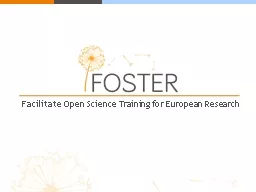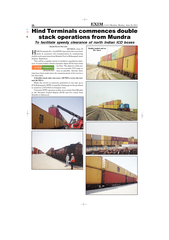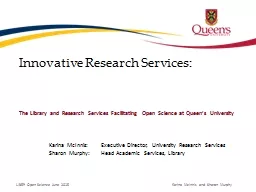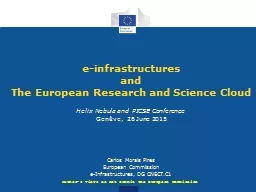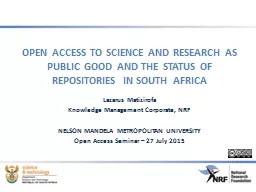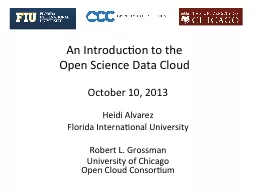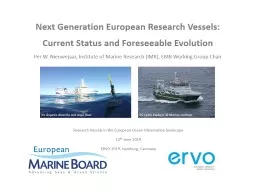PPT-Facilitate Open Science Training for European Research
Author : tatyana-admore | Published Date : 2017-09-06
Designing Successful Open Access and Open Data Policies David Ball Open Science Some definitions Horizon 2020 policy Successful Open Access policies Successful
Presentation Embed Code
Download Presentation
Download Presentation The PPT/PDF document "Facilitate Open Science Training for Eur..." is the property of its rightful owner. Permission is granted to download and print the materials on this website for personal, non-commercial use only, and to display it on your personal computer provided you do not modify the materials and that you retain all copyright notices contained in the materials. By downloading content from our website, you accept the terms of this agreement.
Facilitate Open Science Training for European Research: Transcript
Download Rules Of Document
"Facilitate Open Science Training for European Research"The content belongs to its owner. You may download and print it for personal use, without modification, and keep all copyright notices. By downloading, you agree to these terms.
Related Documents

